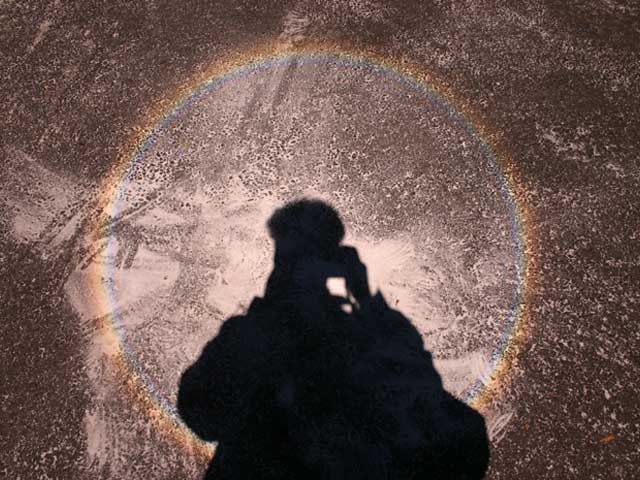granthutchison wrote:
...
The reason I even remember his second name over the same time span is simply because I stole it for a character in a short story. (The nerdy protagonist's name, "Lester Nussenzveig", was unfortunately the part of the story that worked best.) The initials I only encountered when I did a quick web search on "Nussenzveig" and "glory" to check the time-frame matched what you were talking about.
That's cute;-)
That's certainly compatible with what I'm reading ... I was getting a sense of disgruntlement from Greenler about the complexity of the maths required to predict the sizes of the coloured rings.
In fact, Nussenzveig's successful predictions of the subtle color phenomena in the glory were truly original. The color aspects were considered among the toughest challenges for everyone attempting a theoretical discussion of the glory!
Ah, typing up papers on a manual typewriter with carbon paper. How much fun was that?
I think I don't understand enough to get the full amusing historical effect, though it occurs to me I haven't heard the phrase "bag confinement model" for a long time ...
Grant
We would typically write the manuscripts with pencil by hand and then dump it in the CERN typing pool for typing...Making corrections was a pain, though. The published version, used to look quite OK.
Bye Fridger

